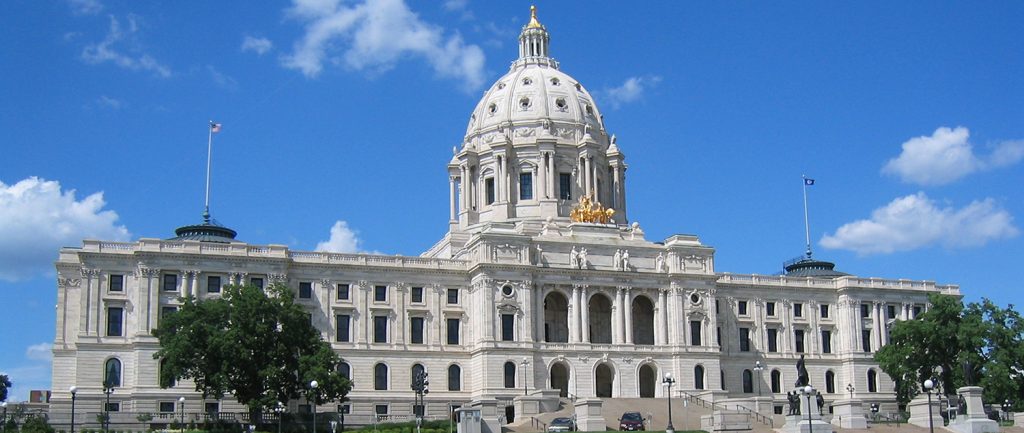The Office of Administrative Hearings issued its report on the proposed Groundwater Protection Rule, formerly known as the Nitrogen Fertilizer Rule, concluding that the Minnesota Department of Agriculture (MDA) may move forward with the proposed rule with a few required modifications.
The ruling details the process through which MDA went to create the rule and the documentation that was submitted as a part of the record. The ruling identifies changes that MDA agreed to make as a part of the comment period and highlighted some areas of the rule that were disapproved by the ALJ. MDA now has to decide how to proceed by either changing the disapproved of sections and resubmitting the rule to the ALJ, or to not make changes and go through the Legislative Coordinating Committee (LCC) and legislative policy committees to finalize their rule.
“Another complicating factor in the future of the N Fertilizer Rule is the legislatures vote pursuant to Minnesota Statute Section 14.126.” says Joe Smentek, Minnesota Soybean’s director of public affairs. “That statute states that the rule cannot be adopted by the agency until after the conclusion of the next legislative session regardless of the ALJ process.”
Although nitrogen fertilizer isn’t used on soybeans, Gov. Mark Dayton’s rule could have a devastating effect on Minnesota’s 28,000 soybean farmers. Soybeans are a legume and have the ability to fix nitrogen from the air into ammonia, where it can be used to build proteins. Soybean production doesn’t require Nitrogen application, and can prevent the need to apply Nitrogen when used in crop rotation.
Both the the House of Representatives and the Senate, with bipartisan support, voted to invoke the statute last session and force the rule to wait until the end of the 2019 legislative session to be adopted by MDA.
“This is the first time that the statute has been used. It was enacted in 2001 and survived Governor Dayton’s un-session from a few years ago where he deleted unused or unneeded laws from the books, so I assume the administration saw some value in the law,” Smentek says. “I expect that if the rule is signed without consideration of the 14.126 vote, we will see more action related to this rule.”
The full report can be viewed here.




